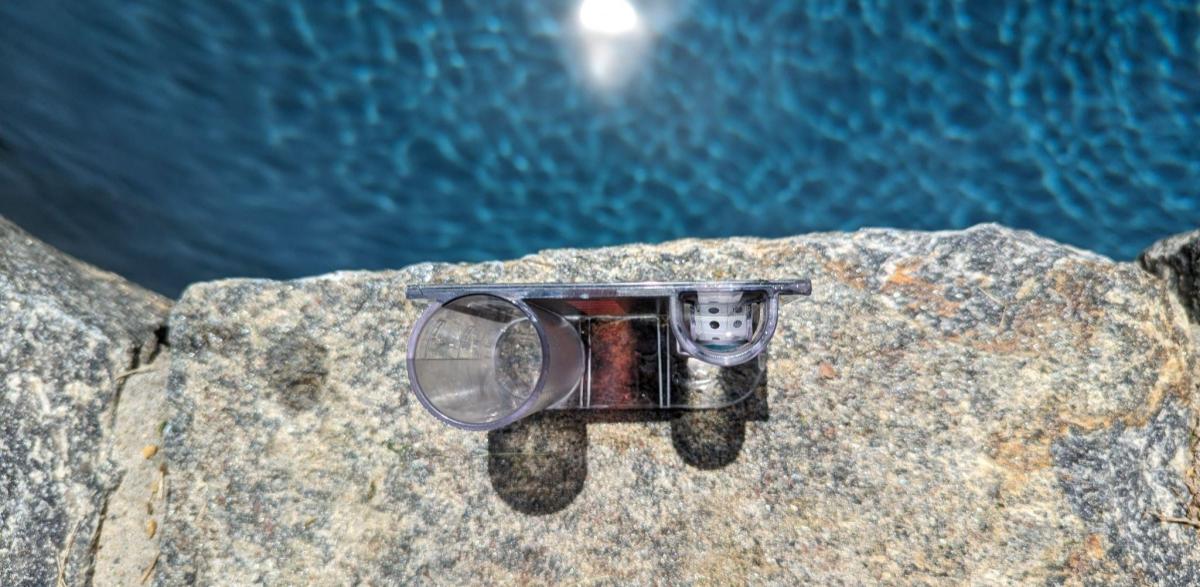CYA is 0 Even After Adding Stabilizer. Here Are Reasons Why That Can Happen

You just recently added a chlorine stabilizer to increase your CYA levels. However, the next round of testing still shows CYA levels at 0.
This isn’t too uncommon regarding CYA testing, and a few factors might explain why CYA hasn’t risen.
But First, Do Not Add More CYA!
If you’ve added the necessary amount of CYA based on your calculations, do not add more to your water! You can only lower CYA by draining and refilling, so we don’t want to overpour.
For the time being, until you diagnose why testing is off, you should continue as if your CYA level is what you wanted it to be after adding the stabilizer.
(Also, let’s assume that the testing of CYA has been done correctly. For example, when using a testing kit, the sample is shaken for at least 30 seconds before checking.)
Wait About a Week to Test CYA Again
Cyanuric acid can take several days, even a week, to fully dissolve in water, especially if you use granular CYA.
This timing also takes into account how CYA was added. If you add it directly into the skimmer, it could get stuck in the pool filter and take much longer to dissolve. Even worse, if you backwash or clean the filter after CYA was added, it could just be gone!
Consider using the sock method to add cya and keep your pump running.
Your Pool Water is Still Too Cold
Testing CYA in colder water can result in false-low readings. It’s recommended to test when the water is above 70 degrees Fahrenheit.
If you have colder water, the easiest way to warm it up is to let it sit at room temperature for a bit or even run the sample under warm water.
Once it is warmer, continue the testing procedure as usual.
Inaccurate Test Strips or Pool Store Testing
Test kits, and even pool store testing, can be largely unreliable and inaccurate. So much so, that I highly recommend using a testing kit over strips.
In order to trust that the test is showing CYA at 0, I would first use an accurate testing kit.
Expired Testing Reagents
While test kits are the preferred pool testing method, the reagents they use can and do expire. Typically, reagents last for about a year before they need to be replaced.
If you properly store them in a cool, dry place, you can potentially get another year out of them.
However, getting a fresh CYA reagent and retesting is a good idea to ensure the test results aren’t the problem.
CYA Levels Still Not Increasing?
If the above methods still show your CYA levels at 0, then there is a pretty good chance you actually have 0 CYA!
Add more stabilizer but in smaller batches to start. As mentioned above, you really don’t want to overshoot CYA.
Pool testing isn’t always easy, and this can certainly be frustrating! But, understanding that a little patience can save you a bigger headache when you realize your chlorine isn’t as effective as it once was.
